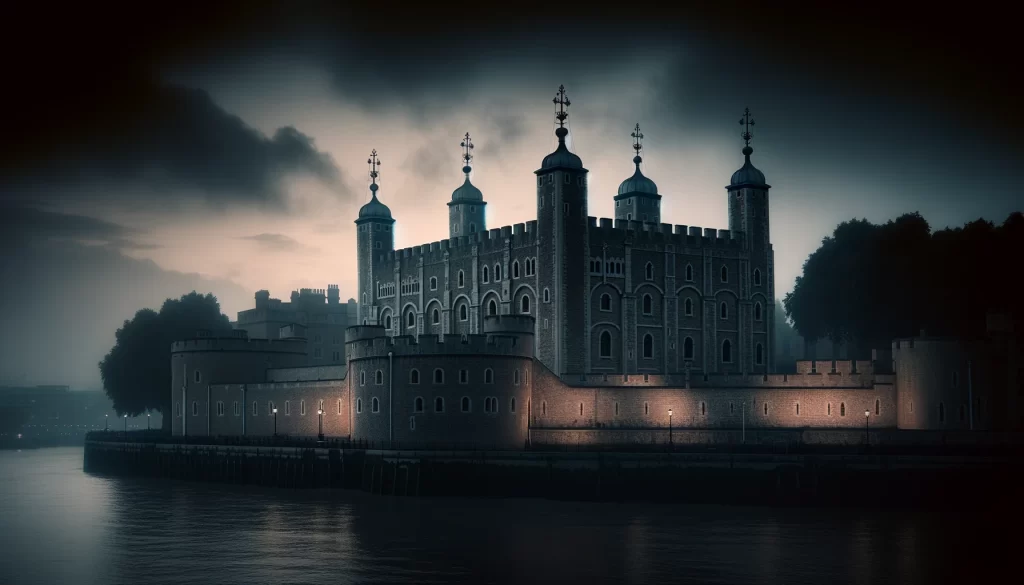For centuries, Richard III has been portrayed as one of Britain’s most notorious kings—a figure hungry for power who allegedly murdered his nephews to secure his place on the throne. This image has been deeply embedded in our cultural memory, partly thanks to William Shakespeare’s dramatic portrayal of Richard III. In Shakespeare’s play, Richard is depicted as a ruthless man, instructing an assassin to kill his young nephews, saying, “I wish the bastards dead,” and desiring the deed done swiftly.
However, Philippa Langley, an author and self-taught historian, challenges this villainous portrayal. She argues that the image of Richard as a murderer is not supported by solid evidence. Langley, who is one of Richard III’s most fervent defenders and a key member of the Richard III Society, has dedicated much of her career to revising the king’s maligned reputation. The society, established in 1924, aims to foster a more balanced view of Richard III, who only ruled from 1483 until his death in 1485.

Langley’s quest led her to a remarkable discovery in 2012. She initiated a project to locate Richard III’s remains, which she believed were buried beneath a parking lot in Leicester. Her hypothesis proved correct, and she played a pivotal role in providing a dignified reburial for the king. Yet, even after achieving this, Langley felt compelled to continue her advocacy for Richard III, particularly concerning the mysterious disappearance of the princes, Edward V and his younger brother Richard.
Her latest book, “The Princes in the Tower,” published in late 2023, takes a true-crime approach to this historical mystery. Langley applies modern investigative techniques to explore whether there is enough evidence to conclusively declare that Richard III ordered the deaths of the princes. Her aim is to uncover the truth, regardless of whether it confirms or refutes Richard’s alleged guilt.

Despite not having a formal academic background, Langley’s efforts have not gone unnoticed. She has gained recognition and respect, even among some scholars, for her meticulous research and her ability to engage the public with historical narratives. Her work has even led to her portrayal by actress Sally Hawkins in the film “The Lost King.” However, her methods and conclusions remain controversial among traditional academics, with some viewing her as a historical enthusiast rather than a serious scholar.
Langley’s research suggests that the widely accepted story of Richard III’s direct involvement in the murder of his nephews might be more fiction than fact. She proposes that the princes may not have been murdered at all but were instead alive when Richard was crowned. This theory contradicts the long-standing belief that Richard killed the princes to eliminate rivals to his throne.

The historian argues that Henry VII, who overthrew Richard III and started the Tudor dynasty, had strong motives to depict Richard negatively. By portraying Richard as a villain, Henry VII could strengthen his own claim to the throne and diminish any sympathy towards the Plantagenet line. Langley also points to contemporaneous accounts that refer to the princes in the present tense during Richard’s reign, suggesting they might have been alive at the time.
Furthermore, Langley challenges the assumption that the skeletons found in the Tower of London in 1674 belong to the princes. She calls for modern scientific analysis of these remains, although the authorities at Westminster Abbey, where the bones are interred, have no current plans to disturb them.
Inside the Tower of London, the debate over Richard III’s legacy and the fate of the princes continues to captivate those who work there. For example, Julian Jennings, a warden at the Tower, keeps wondering about the possibility that the princes lived on with “an open mind.”
This article is based on the following article:

Background Information
With this background, readers can better appreciate the complexities of historical narratives and the ongoing debates among historians about the interpretation of past events. These discussions highlight the dynamic nature of history as a discipline and the importance of evidence in shaping our understanding of the past.
1. Richard III and the Plantagenet Dynasty:
Richard III was the last king of the Plantagenet dynasty, which ruled England from 1154 to 1485. This period is notable for its series of conflicts known as the Wars of the Roses, involving houses of Lancaster and York, both branches of the Plantagenet family. Richard III belonged to the House of York and his reign marked the culmination of these dynastic conflicts.
2. The Wars of the Roses (1455-1487):
The Wars of the Roses were a series of civil wars fought over control of the English throne. The name derives from the symbols associated with the two rival branches: the white rose of York and the red rose of Lancaster. These conflicts were characterized by a series of shifting alliances and rulers, leading to instability and frequent battles.
3. The Princes in the Tower:
One of the most enduring mysteries from this period is the fate of the Princes in the Tower. Edward V and his younger brother Richard, both sons of Edward IV (Richard III’s brother), were declared illegitimate, and their uncle, Richard III, took the throne. The young princes were placed in the Tower of London and were never seen again. It is widely speculated that they were murdered, and Richard III has often been blamed for their presumed deaths.
4. Henry VII and the Tudor Dynasty:
Henry VII defeated Richard III at the Battle of Bosworth Field in 1485, ending the Wars of the Roses and establishing the Tudor dynasty. Henry worked to solidify his rule by reinforcing the narrative of Richard III as a tyrant and usurper, partly to justify his own claim to the throne and to diminish the legitimacy of the Plantagenet line.
5. Archaeological Discovery of Richard III:
In 2012, Richard III’s remains were discovered beneath a parking lot in Leicester, England. This discovery was significant as it provided new insights into his physical condition—confirming he had scoliosis—and led to a reburial that sparked renewed interest in his life and reign.
6. The Role of Historical Revisionism:
Historical revisionism involves reinterpreting the established views on historical events, often using new evidence or reevaluating the existing evidence. Philippa Langley’s work, as described in the article, is an example of revisionism, as she challenges the traditional narrative that Richard III was a murderer of his nephews.
7. Importance of Primary and Secondary Sources:
Understanding the difference between primary (contemporary accounts and artifacts from the period being studied) and secondary sources (later interpretations and analyses) is crucial in studying history. Langley’s investigation into the fate of the princes heavily relies on examining these sources to piece together a potentially different story from what has been commonly accepted.
Please subscribe to Insight Fortnight, our biweekly newsletter!
